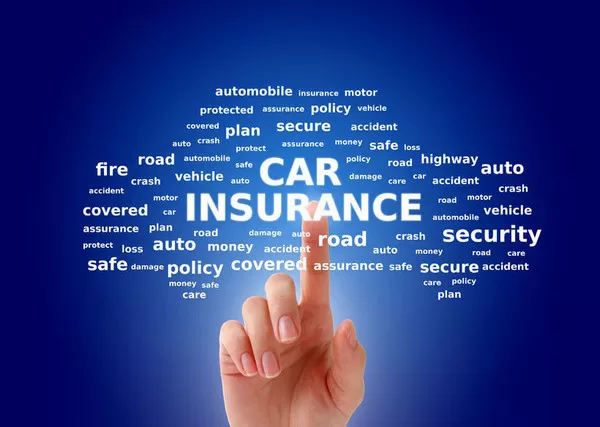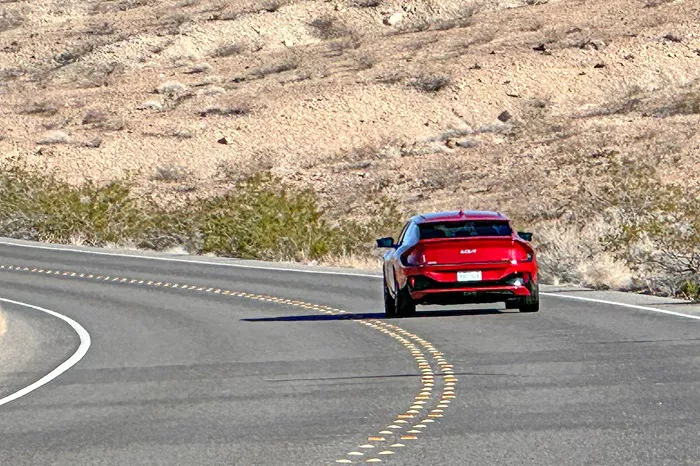Auto insurance is essential for drivers. It provides financial protection in case of accidents, theft, or other incidents. Understanding the different types of auto insurance can help you choose the best coverage for your needs. This article will explain the various kinds of auto insurance and what they cover.
Liability Insurance
Liability insurance is the most basic form of auto insurance. It is required by law in most states. This type of insurance covers damages you cause to other people or property in an accident. There are two main components of liability insurance:
1. Bodily Injury Liability
Bodily injury liability covers medical expenses, lost wages, and legal fees if you are at fault in an accident that injures someone else. This coverage is crucial because medical bills and legal costs can be very high.
2. Property Damage Liability
Property damage liability covers the cost of repairs or replacement if you damage someone else’s property in an accident. This usually involves damage to another vehicle but can also cover damage to buildings, fences, or other structures.
Collision Insurance
Collision insurance covers the cost of repairing or replacing your vehicle if it is damaged in an accident, regardless of who is at fault. This type of insurance is especially important if you have a newer or more expensive vehicle. Without collision coverage, you would have to pay out of pocket for any repairs to your car after an accident.
Comprehensive Insurance
Comprehensive insurance covers damage to your vehicle that is not caused by a collision. This includes theft, vandalism, fire, natural disasters, and hitting an animal. Comprehensive insurance is often required by lenders if you have a loan or lease on your vehicle.
Personal Injury Protection
Personal injury protection (PIP), also known as no-fault insurance, covers medical expenses and lost wages for you and your passengers, regardless of who is at fault in an accident. PIP can also cover additional costs such as funeral expenses and essential services like childcare or housekeeping if you are unable to perform these tasks due to injuries from an accident.
Uninsured and Underinsured Motorist Coverage
Uninsured motorist coverage protects you if you are in an accident with a driver who does not have insurance. Underinsured motorist coverage kicks in when the at-fault driver’s insurance is not enough to cover your damages. These coverages can pay for medical bills, lost wages, and other expenses related to the accident.
Medical Payments Coverage
Medical payments coverage, also known as MedPay, covers medical expenses for you and your passengers after an accident, regardless of who is at fault. This coverage can help pay for hospital visits, surgery, X-rays, and other medical costs. MedPay is similar to PIP but typically has lower coverage limits and does not include benefits for lost wages or essential services.
Gap Insurance
Gap insurance is important for drivers who have a loan or lease on their vehicle. If your car is totaled in an accident, your regular insurance will pay the current market value of the car, which may be less than what you owe on your loan or lease. Gap insurance covers the difference, so you are not left paying out of pocket for a car you no longer have.
see also: What Can I Expect to Pay for Car Insurance?
Towing and Labor Coverage
Towing and labor coverage, also known as roadside assistance, can help if your car breaks down or needs to be towed. This coverage can pay for towing services, tire changes, jump-starts, and other roadside assistance services.
Rental Reimbursement Coverage
Rental reimbursement coverage helps pay for a rental car if your vehicle is being repaired after an accident. This coverage can be very useful if you rely on your car for daily activities and do not want to be without transportation while your car is in the shop.
Custom Parts and Equipment Coverage
Custom parts and equipment coverage is for drivers who have added aftermarket parts or accessories to their vehicle. Standard auto insurance policies may not cover the cost of these additions if they are damaged or stolen. This coverage can help pay for repairs or replacement of custom parts like a sound system, custom wheels, or other modifications.
Classic Car Insurance
Classic car insurance is designed for antique or collectible cars that are not driven daily. This type of insurance typically offers agreed value coverage, which means you and the insurer agree on the car’s value when the policy is written. This ensures you receive the full agreed value if the car is totaled, rather than the depreciated market value.
Non-Owner Car Insurance
Non-owner car insurance provides liability coverage for drivers who do not own a car but still drive occasionally, such as when borrowing a friend’s car or using a rental car. This coverage can help protect you from liability claims if you are involved in an accident while driving a car you do not own.
Ride-Sharing Insurance
Ride-sharing insurance is for drivers who work for companies like Uber or Lyft. Standard personal auto insurance policies may not cover accidents that occur while you are working for a ride-sharing company. Ride-sharing insurance can provide additional coverage to fill this gap and ensure you are protected while driving for work.
Usage-Based Insurance
Usage-based insurance, also known as pay-as-you-drive insurance, uses telematics technology to monitor your driving habits and adjust your premiums based on your actual driving behavior. This type of insurance can be beneficial for safe drivers who want to save money on their premiums.
Conclusion
Understanding the different types of auto insurance and what they cover can help you make informed decisions about your coverage. Each type of insurance offers different protections, and the right combination of coverages can provide comprehensive protection for you, your passengers, and your vehicle. Be sure to review your policy regularly and adjust your coverage as needed to ensure you are adequately protected.






















